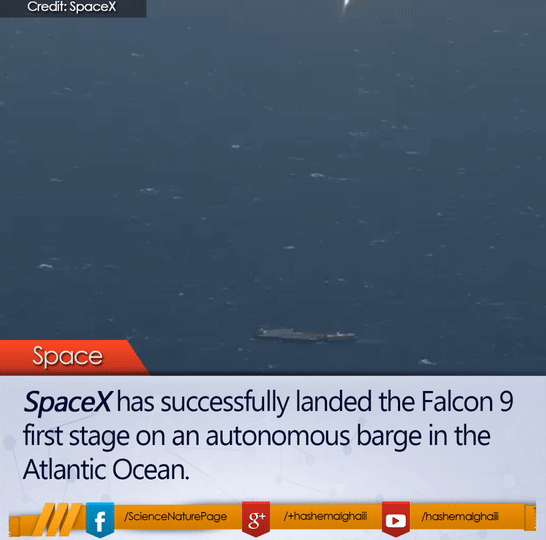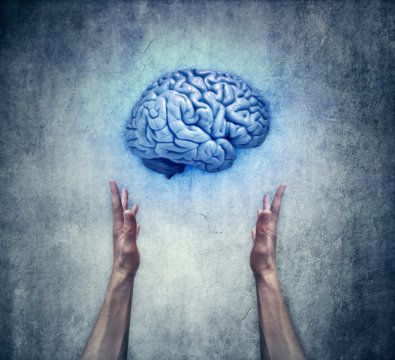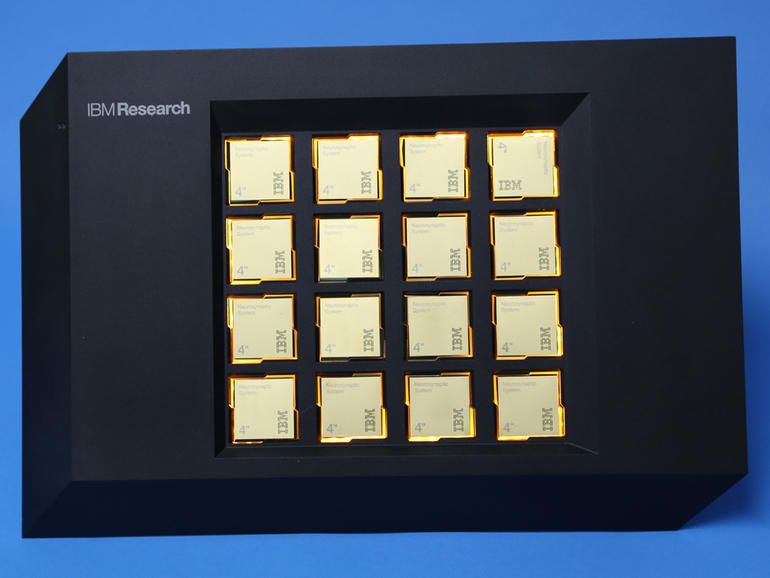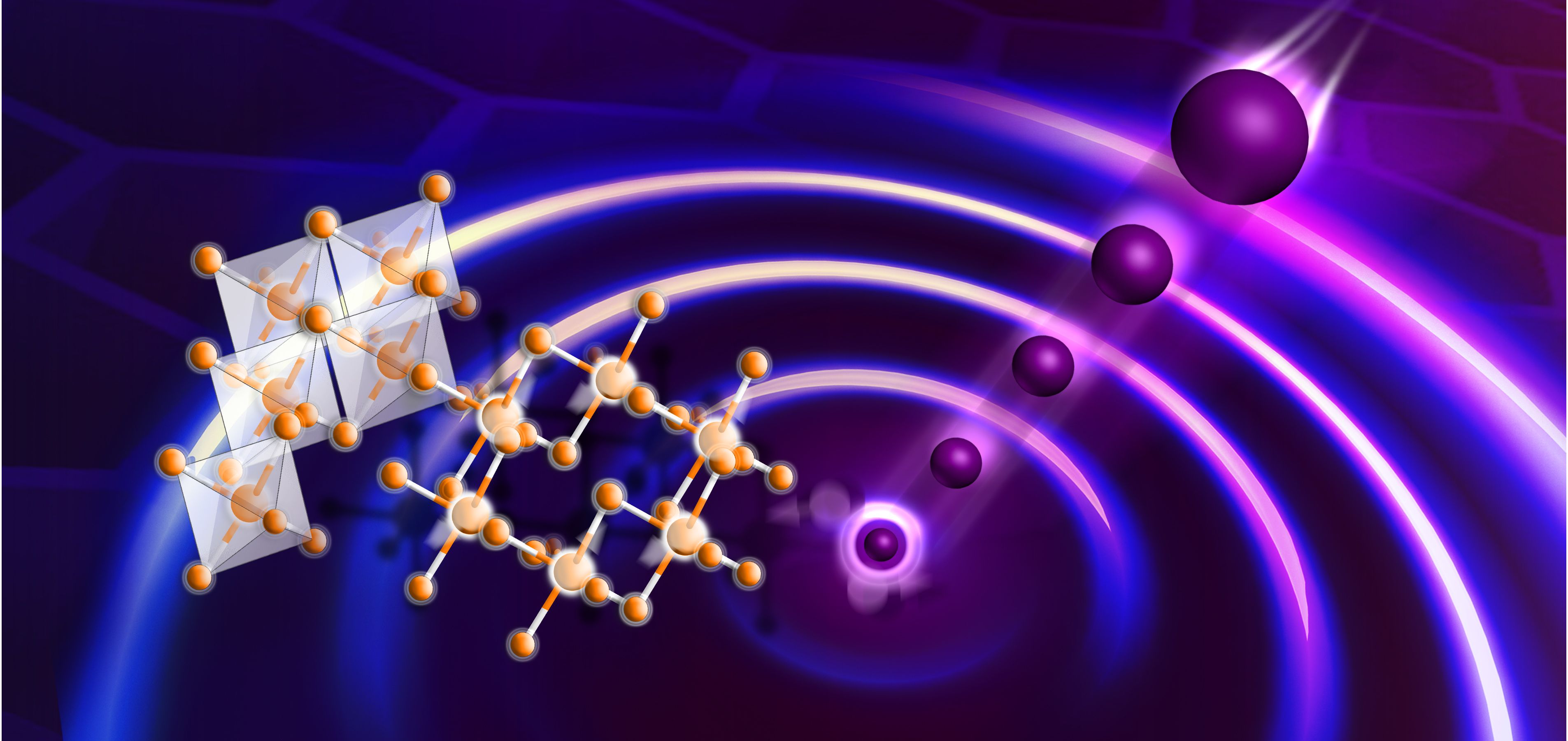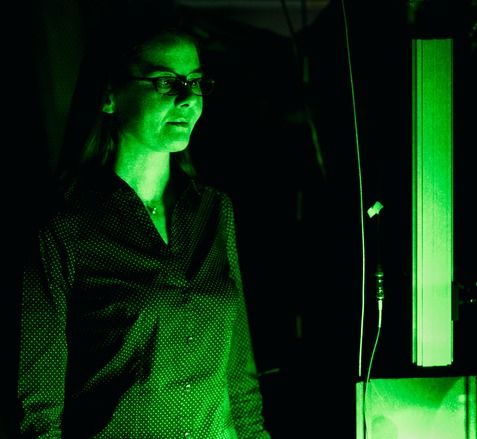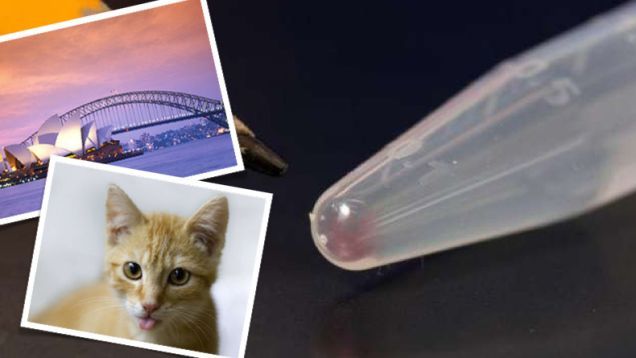Page 11228
Apr 8, 2016
Google X Schaft Robotics Show Off Bipedal Robot in Tokyo
Posted by Shailesh Prasad in category: robotics/AI
Apr 8, 2016
Transcranial direct current stimulation can boost language comprehension: Stimulation of the brain’s left angular gyrus enhanced the comprehension of simple, two-word phrases
Posted by Shailesh Prasad in categories: biotech/medical, neuroscience
How the human brain processes the words we hear and constructs complex concepts is still somewhat of a mystery to the neuroscience community. Transcranial direct current stimulation (tDCS) can alter our language processing, allowing for faster comprehension of meaningful word combinations, according to new research from the department of Neurology the Perelman School of Medicine at the University of Pennsylvania. The work is published in the Journal of Neuroscience.
“Integrating conceptual knowledge is one of the neural functions fundamental to human intelligence,” said the study’s first author Amy Price, a neuroscience graduate student at Penn. “For example, when we read or listen to a sentence, we need to combine, or integrate, the meaning of the words to understand the full idea of the sentence. We perform this process effortlessly on a daily basis but it is quite a complex process and little is known about the brain regions that support this ability.”
Semantic memory is our stored knowledge about the world, such as the meaning of words and objects. “We sought to understand how and in what part of the brain semantic representations are integrated into more complex ideas” said senior author Roy Hamilton, MD, MS, an assistant professor in the departments of Neurology and Physical Medicine & Rehabilitation, and director of the Laboratory for Cognition and Neural Stimulation at Penn. Recent findings from functional MRI scans (fMRI) and magnetoencephalography (MEG) have suggested the angular gyrus, a region of the brain known to be involved in language, number processing and spatial cognition, memory retrieval and attention, as a potential hub for semantic memory integration, specifically the left angular gyrus.
Apr 8, 2016
Blood-brain barrier breakthrough reported by researchers
Posted by Shailesh Prasad in categories: biotech/medical, neuroscience
The blood-brain barrier has stymied direct treatment of brain disorders. In a recently published study, a researcher reports finding a way to pass therapeutics through the barrier, using readily-available agents.
Apr 8, 2016
Transhumanist Presidential Candidate Zoltan Istvan: Tech Giants Will Make ‘Billions and Billions’ off Machines Replacing Humans
Posted by Zoltan Istvan in categories: geopolitics, transhumanism
An extensive new 2-part interview with Breitbart on the future and transhumanism. Here’s part 1:
Zoltan Istvan is the most intriguing presidential candidate you’ve never heard of. While those at the forefront of the 2016 race talk about defeating ISIS, Istvan is taking on beating death itself. Recently, I had a chance to talk to him.
In approaching the interview, I was unsure of what to expect. Istvan is a dynamic personality, as polarizing as he is engaging. His enthusiasm for the future is contagious, and he’s not afraid to make seemingly outrageous statements to get people engaged in a conversation he believes is vital — not only to our country’s future, but humanity’s.
Apr 8, 2016
IBM’s brain-inspired chip TrueNorth changes how computers ‘think,’ but experts question its purpose
Posted by Karen Hurst in categories: neuroscience, quantum physics, robotics/AI, singularity, supercomputing
I see great potential for the TrueNorth chip as we migrate towards Quantum & Singularity. TrueNorth is an interim chip that assists researchers, engineers, etc. in their efforts to mimic the human brain’s nuero sensors and processing for robotics, BMI technology, etc.
The new IBM supercomputer chip mimics the human brain by using an architecture with 1 million neurons. Nevertheless, its true purpose remains in question for a project with massive public funding.
Apr 8, 2016
ORNL, UT Team Up on Breakthrough That Could Aid Quantum Computing
Posted by Karen Hurst in categories: computing, engineering, particle physics, quantum physics
Another reason for being in east TN this month.
Genevieve Martin/ORNL This rendering illustrates the excitation of a spin liquid on a honeycomb lattice using neutrons. As with many other liquids, it is difficult to see a spin liquid unless it is “splashed,” in this case by neutrons depicted as moving balls. The misaligned and vibrating spin pair in the middle signifies the ephemeral Majorana fermion constantly in motion. The ripples formed when the neutrons hit the spin liquid represent the excitations that are a signature of the Majorana fermions. The atomic structure on the left signifies the honeycomb alpha-ruthenium trichloride, in which each ruthenium atom has a spin and is surrounded by a cage of chlorine atoms.
Researchers from the U.S. Department of Energy’s Oak Ridge National Laboratory and UT’s Department of Materials Science and Engineering and Department of Physics and Astronomy used neutrons to uncover novel behavior in materials that holds promise for quantum computing.
Continue reading “ORNL, UT Team Up on Breakthrough That Could Aid Quantum Computing” »
Apr 8, 2016
Diamonds may be quantum computing’s new best friend
Posted by Karen Hurst in categories: computing, quantum physics
And, this time Marylin Monroe isn’t singing this tune; Quantum is.
MIT researchers have announced a new approach that uses diamonds to solve a tricky problem with quantum computers.
The as yet confirmed 9th planet, how to get there, how to stop, and what it will take. By the great Adam Crowl.
We haven’t yet found Planet Nine, but the evidence for its existence is solid enough that we can start thinking about its possibilities as a mission target. That work falls in this essay to Adam Crowl, a Centauri Dreams regular whose comments on articles here began not long after I started the site. An active member of the Project Icarus attempt to re-design the 1970s Project Daedalus starship, Adam is also the author of Crowlspace, where his insights are a frequently consulted resource. Today he harkens back to a 1960s science fiction story that has given him notions about a way not only to reach Planet Nine but to establish orbit around it.
by Adam Crowl
Apr 8, 2016
Scientists Stored These Images in DNA—Then Flawlessly Retrieved Them
Posted by Shailesh Prasad in category: biotech/medical
Who needs memory cards when you have DNA? A team of scientists has been able to store images within the life-defining molecules then retrieve them perfectly.
Researchers from the University of Washington have been working out how to take digital files and convert them into strings of DNA that can be easily read back. Luis Ceze, one of the researchers, explains in a press release:
“Life has produced this fantastic molecule called DNA that efficiently stores all kinds of information about your genes and how a living system works — it’s very, very compact and very durable. We’re essentially repurposing it to store digital data — pictures, videos, documents — in a manageable way for hundreds or thousands of years.”
Continue reading “Scientists Stored These Images in DNA—Then Flawlessly Retrieved Them” »
